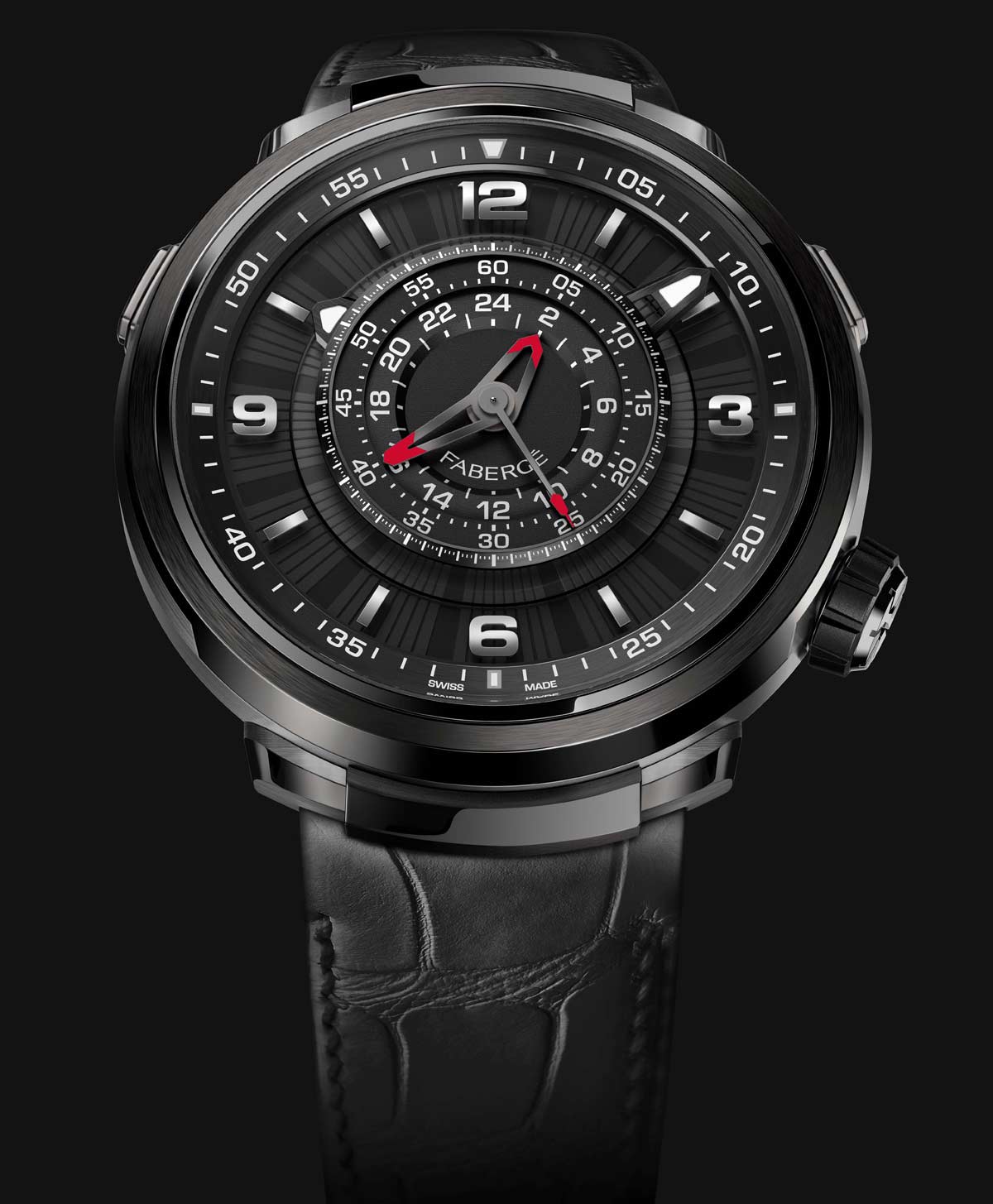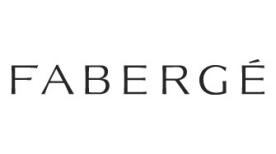Pallinghurst Resources took over Fabergé’s parent company Gemfields earlier this year – what advantages does this bring the company?
Firstly, it means that the ownership of both Gemfields and Fabergé is now simplified. Fabergé has since January 2013 had only one owner: Gemfields plc. But now Gemfields plc also has only one owner: Pallinghurst Resources Ltd (“PRL”). Hence PRL now has direct operational control of both Gemfields and Fabergé, meaning that operational matters and decision making are streamlined. Secondly, Gemfields is no longer a listed public company. This means that the time and energy previously spent on shareholder and financial reporting by Gemfields can now be focused on the various operations, including Fabergé. Thirdly it means that the multiple synergies between Pallinghurst, Gemfields and Fabergé can be more easily brought to bear.
What impact will the new shareholding structure have on Fabergé?
Par le biais de cette nouvelle structure, PRL a porté à 100% sa participation (indirecte) dans Fabergé (via Gemfields). Il s’agit d’un vote de confiance à l'égard de PRL has, via the new structure, increased its (indirect) stake in Fabergé (via Gemfields) to 100%. This is a vote of confidence in Fabergé, providing clarity of vision, strategy and support from a shareholder who has been involved with the Fabergé project since 2007.

Can you control the entire supply chain from mine to finished gemstone? Is the notion of “vertical integration” as important in the mining and gemstone industry as it is in watchmaking?
have learnt in the gemstone business, often by making mistakes ourselves, that pure “vertical integration” is a silly dream often pursued because of theories in text books or because of ego. In reality it does not work. There are too many areas of high expertise along the way, and no one company can do all of them well. No company can be the “world’s best” at each and every skill along the supply chain. It is best for each company to stick to what they are really good at and for them to be used in the supply chain accordingly. For this reason, Gemfields stopped cutting and polishing gemstones in 2009 (having made the mistake of trying!) and today focusses on a “mine and market” approach rather than “mine-to-market”. Gemfields specialises in mining and selling rough gemstones, and in marketing to end consumers to support demand. It does not do the things in-between.
Traceability (knowing the origin and route of a gem to market) is of course a different thing, and is very important to Gemfields!
We would also say that vertical integration in the watch industry (whereby one company tries to do everything under one roof, or to have all the skills in-house to do everything) is stir crazy! Why would anyone do that? Think about the cost and the inefficiency! We think it is much better to get the various artisans, craftspeople and workshops who are the best at what they do to do their individual part on a project. This results in much lower overheads, the ability to engage the best in the world for a specific task only, and of course results in a superior offering to the client at an optimised price that does not have to cover all the overheads of “owning and operating” each and every watch-making skill. We think the timepieces that Fabergé has been lucky to bring to market are very good examples of this decentralised approach. You might be surprised to learn that there are only four people in the worldwide Fabergé timepieces team!

The Fabergé Visionnaire Chronograph is one of the finalists in the GPHG chronograph category this year. What would a hat-trick (three prizes in three years) mean to you?
A GPHG hat-trick would be the realisation of a dream and the culmination of four years of incredibly hard work by the team, led by the indefatigable and always-positive Aurelie Picaud! The impact on our team would be potent given that the first new Fabergé timepiece creations were only unveiled to the world in April 2015. Having been filmed at Baselworld 2017 doing a handstand in a moment of joy, heaven knows what I’d do if we are in fact lucky enough to win the hat-trick!
Will we see Fabergé at Baselworld next year and what are your views on the sweeping changes at the show? Is Fabergé exploring the possibilities of regional shows like SalonQP in London?
Fabergé is unlikely to be at Baselworld 2018. The cost, time and energy commitment is extraordinary and clearly the watch industry has endured a few tough years with diminished buyer interest. It may be better to wait for exhibition costs to decline, or buying levels to improve further. That said, the industry seems to be turning the corner and Fabergé will remain on the lookout for sensible show offerings, be they SalonQP or Baselworld!





